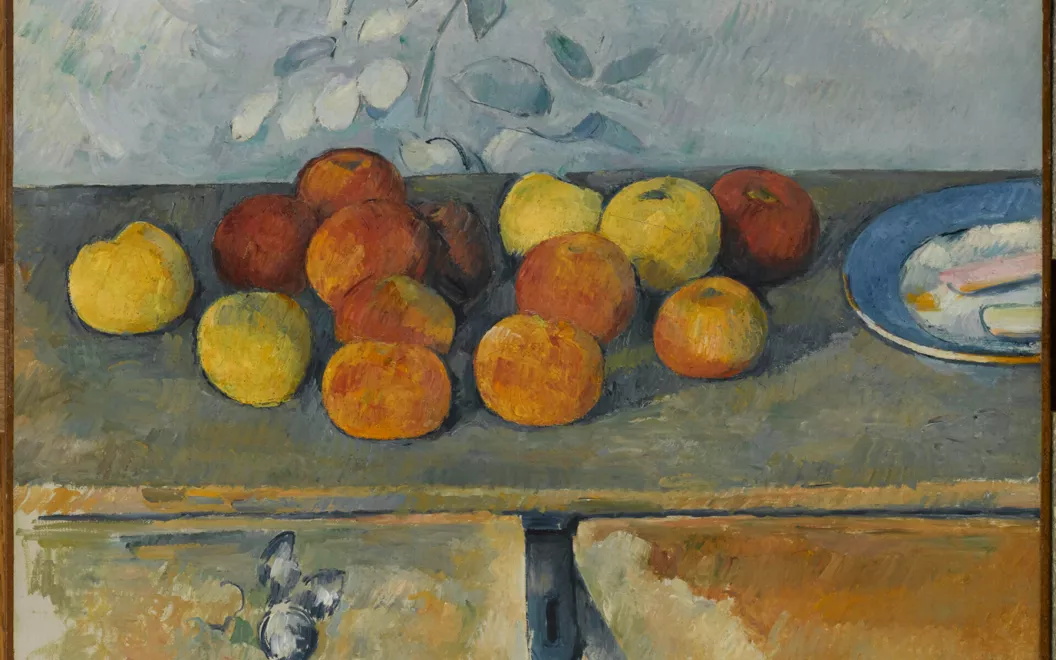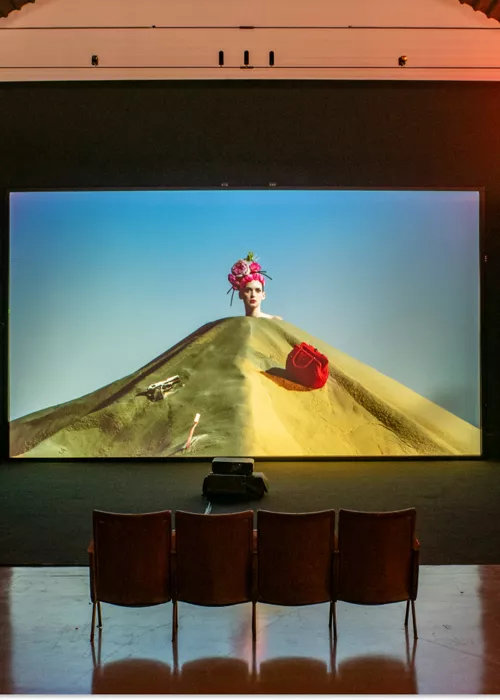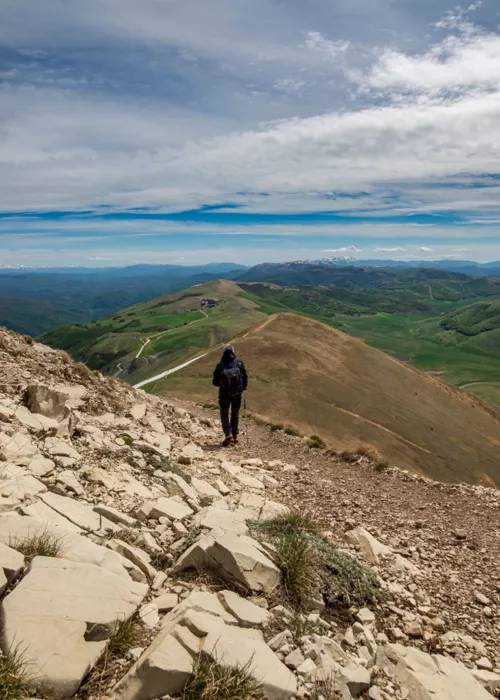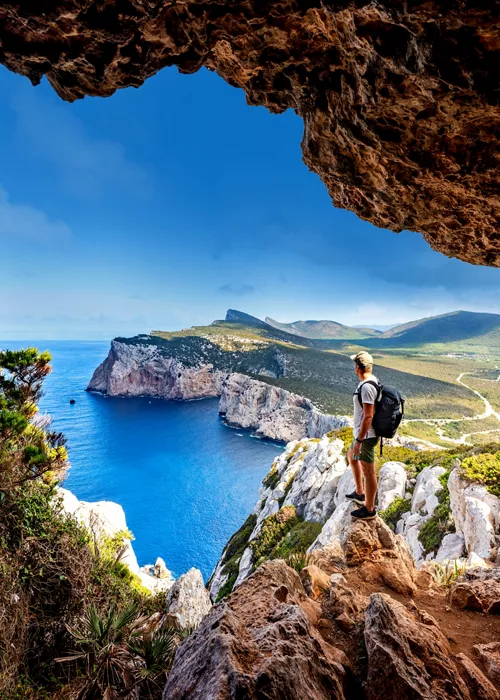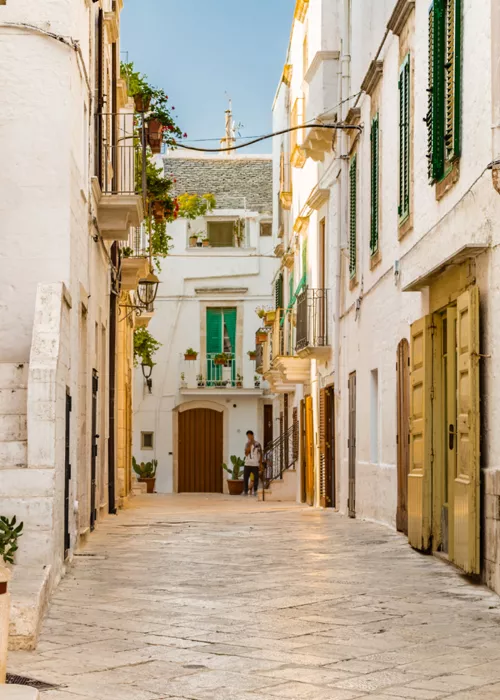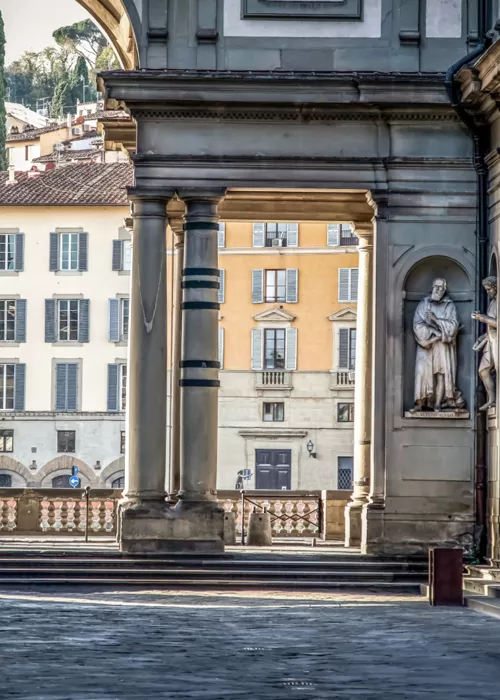The 10 must-see exhibitions in April in Italy
4 minutes

Index
Passionate about Impressionism, contemporary art, photography, 17th century painting? We recommend ten must-see exhibitions throughout Italy, from Aosta to Palermo. These are small and large exhibitions, which can be the perfect opportunity for a weekend getaway to discover magnificent Italian cities
"Martine Franck. Regarder les autres", Bard (AO)
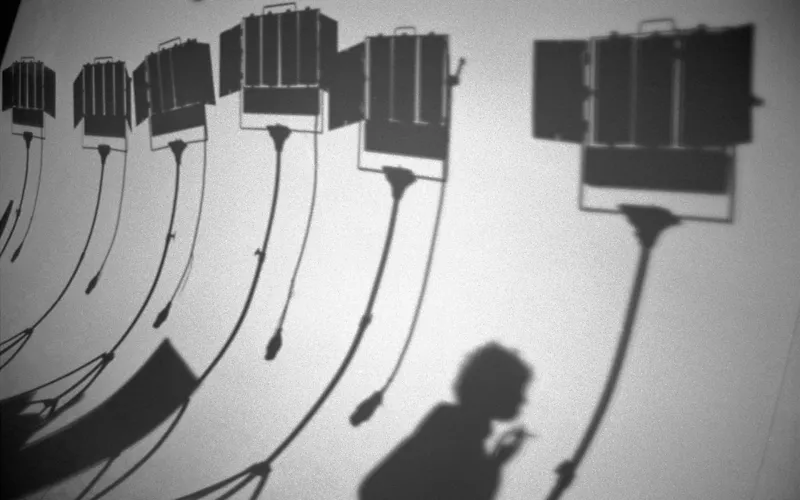
At the Fort of Bard, a spectacular building standing guard over the Aosta Valley, you will discover an exhibition dedicated to a little-known French artist: her name is Martine Franck and she is a photographer who has always put people at the centre of her professional career. It is their observation, honest curiosity, and the evident diversity of subjects that characterise the exhibition in this surprising exhibition created in collaboration with the Henri Cartier-Bresson Foundation in Paris. Entrance fee; until 2 June.
“Guercino. The Painter's Craft", Turin
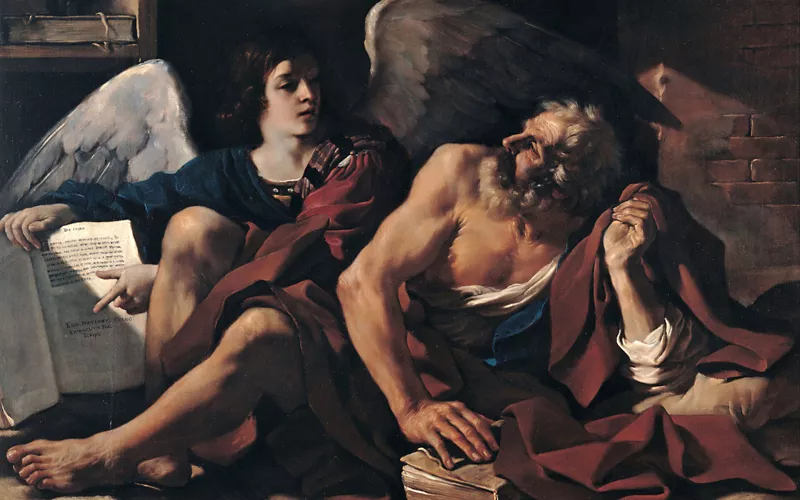
In the Sale Chiablese of the Royal Museums in Turin, this spectacular exhibition presents the great art of Guercino, a master from Emilia, and at the same time chronicles the craft and life of 17th century painters. You will discover over 100 works from more than 30 major museums and collections – including the Prado and the Escorial Monastery; for the first time in 400 years, you can also admire the cycle of paintings commissioned in Bologna by Alessandro Ludovisi, the future Pope Gregory XV. Entrance fee; until 28 July.
"Cézanne / Renoir – Masterpieces from the Musée de l'Orangerie and the Musée d'Orsay", Milan
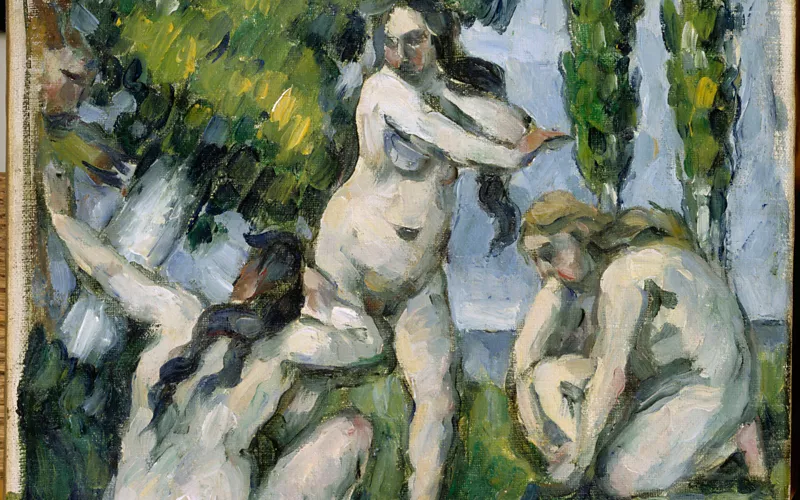
2024 marks the 150th anniversary of the birth of the Impressionist movement. For the occasion, a major exhibition will open at the Palazzo Reale in Milan, comparing the personalities of two painters, Paul Cézanne and Pierre-Auguste Renoir, who contributed decisively to the fortunes of the movement and influenced many artists who came after them. You will discover 52 masterpieces – landscapes, still lifes, portraits, the famous bathers – from the Musée de l'Orangerie and the Musée d'Orsay in Paris. Entrance fee; until 30 June.
"Renaissance", Bolzano
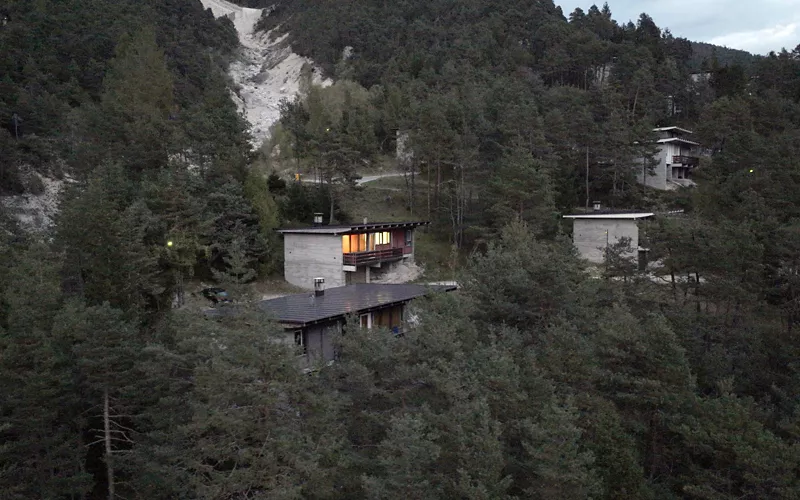
There are 15 artists involved in this group exhibition set up at the Museion in Bolzano and dedicated to young creatives from northern Italy. Although they approach the artistic process in different ways, they all share a regenerative and critical approach to their cultural heritage. Not only that: you will be immersed in a real set designed by Studio (ab)Normal, which leads you through the various works with backgrounds and lighting effects. Admission fee; until 1 September.
"The Dogaressa between history and myth. Venetian women from the Middle Ages to the 20th century", Portogruaro (VE)
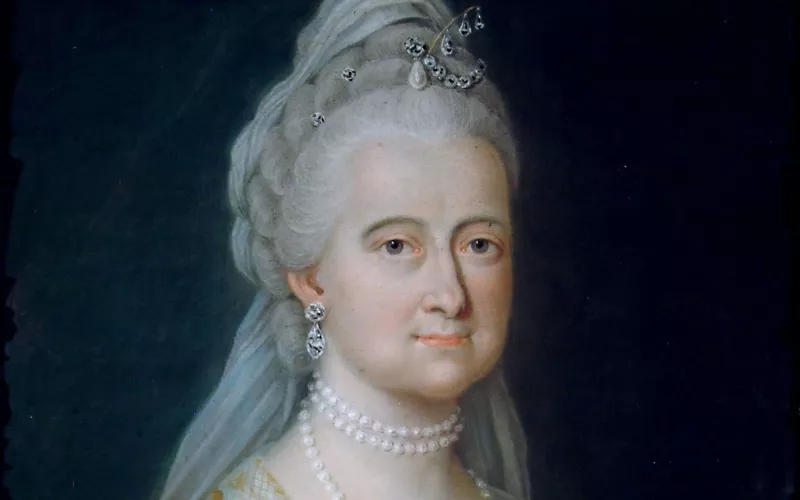
The dogaressa was the wife of the Venetian doge: an important role that made an impression on the city over the centuries. The exhibition at the Palazzo Vescovile in Portogruaro (VE), divided into five sections, explores her persona and the women who embodied her, from Giovanna Dandolo, who fostered the arts of embroidery and lace, to her contemporaries Peggy Guggenheim, who received the title in an honorary capacity, and Anna Morosini, the last Dogaressa of Venice. You will discover paintings, works of art, books and prints, textiles, clothes and other items. Admission fee; until 19 May.
"Bruno Munari. TUTTO", Mamiano di Traversetolo (PR)
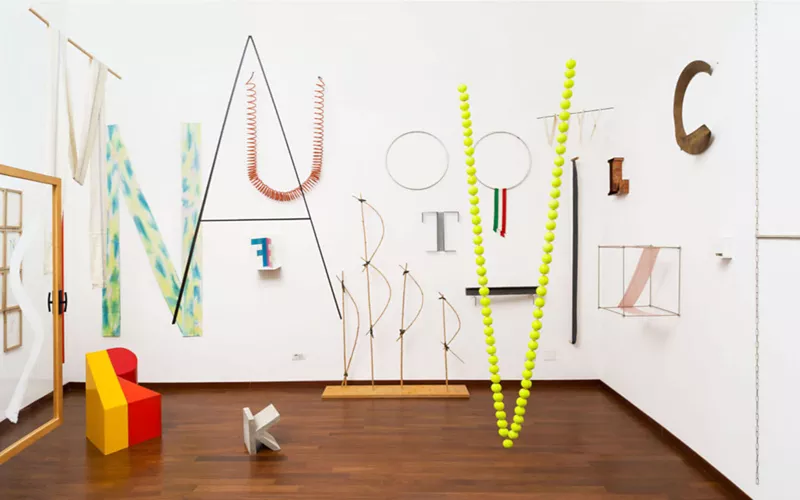
At the Magnani-Rocca Foundation in Mamiano di Traversetolo (PR), connected to the great labyrinth of the Masone, you can immerse yourself in the largest Italian retrospective ever held on Bruno Munari, one of the most iconic figures of 20th century design and visual communication. Seventy years of ideas and work (Munari began his activity during the so-called Second Futurism, around 1927) in all fields of creativity, from art to design, from graphics to education, are concentrated in the exhibition. Entrance fee; until 30 June.
"André Butzer. Liebe, Glaube un Hoffnung", Florence
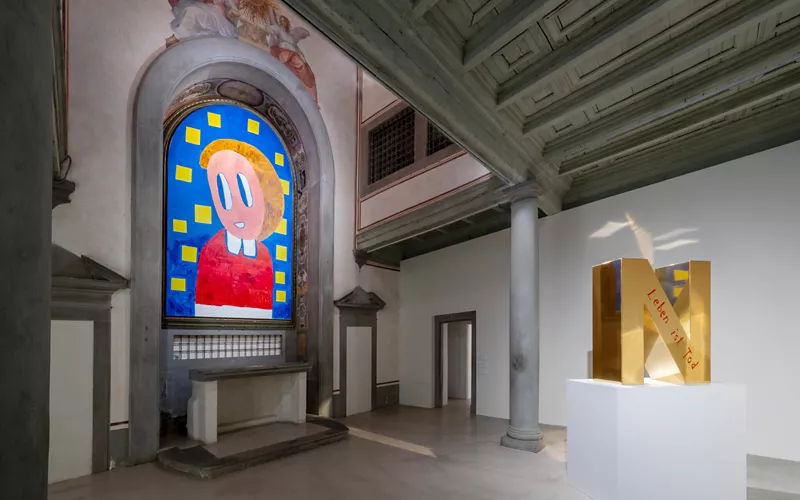
The work of André Butzer (Stuttgart, 1973) on show at the Museo Novecento Firenze (the title means "Love, Faith and Hope") is an original blend of early 20th century art, communication, comics and mainstream pop culture. Through a chronological journey that starts with the earliest, more expressionist works and arrives at the most recent abstractions, you will discover an original, colourful, almost sci-fi artistic universe. The exhibition is linked to another on the same artist, "...und der Tod ist auch ein Leben" (...and death is also a life), at the Stefano Bardini Museum. Admission fee; until 9 June.
"The Floating World. Ukiyoe. Visions from Japan", Rome
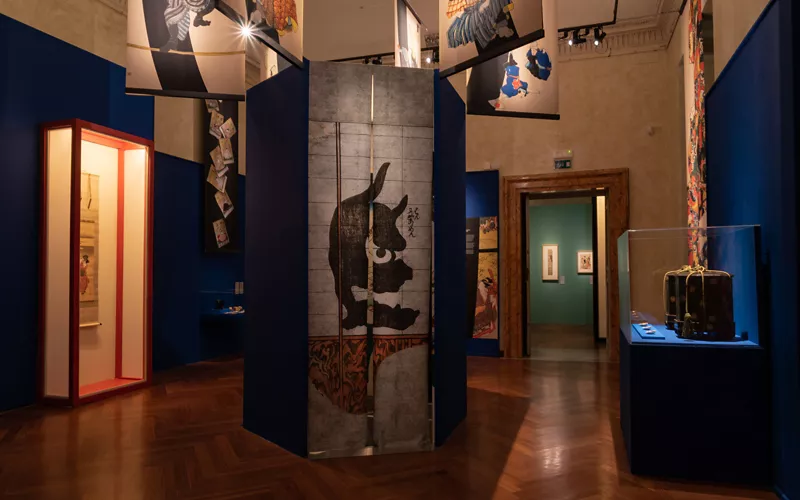
The exhibition at the Museum of Rome, housed in Palazzo Braschi, offers a journey through Japanese art from the 17th to the 19th century, with one hundred and fifty masterpieces loaned from the E. Chiossone Museum of Oriental Art in Genoa and the Museum of Civilizations in Rome. The main theme of the exhibition is ukiyoe, a Japanese word that means "images from the floating world", and a movement that greatly influenced western culture during the late 19th century and early 20th. You can also learn about the unique experiences of two Italian artists, the sculptor Vincenzo Ragusa and the engraver Edoardo Chiossone, who were invited by the Japanese Meiji government of the late 19th century to work as teachers and experts in the country's first schools of art and graphic design. Paid admission. Open until 23 June.
“Palagonisch. Giuseppe Agnello | Gabriele Massaro | Stefan à Wengen”, Palermo
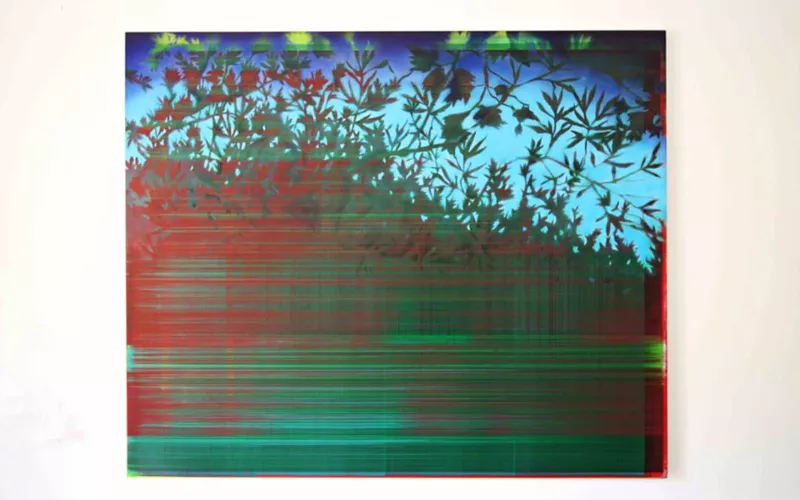
When Goethe, on his"Italian Journey", visited Villa Palagonia in Bagheria, the well-known"Villa of the Monsters", he coined a new term, "Palagonisch", to describe the mixture of fascination and disgust evoked on seeing the building. This explains the title of the exhibition organised by Cantieri Culturali della Zisa (Haus der Kunst space), which aims to artistically explore all things"palagonic" or "terribly beautiful" and give them tangible sense for the public. Three Sicilian and German artists from different generations and different areas of the visual arts have been brought into the conversation. Free admission; until 11 May.
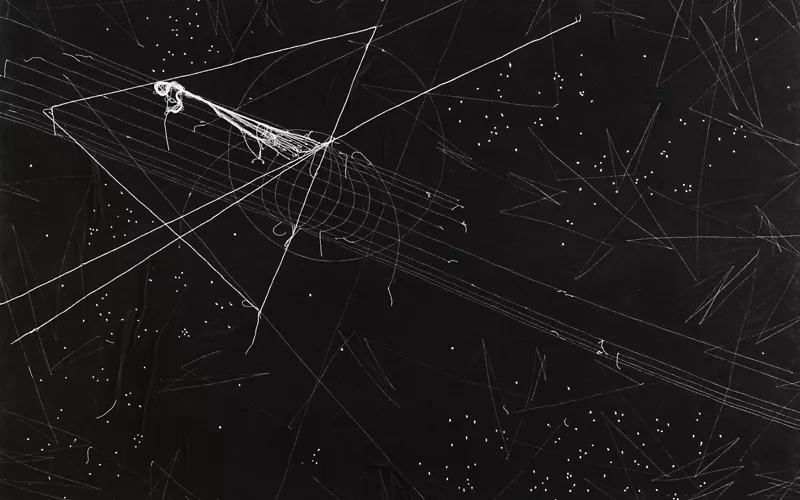
The MAN in Nuoro puts itself on show and offers a selection of 100 masterpieces out of a thousand contained in the permanent collection, focusing on Sardinian art. From Mario Sironi to Maria Lai, from Francesca Devoto to Giovanni Campus, from Costantino Nivola to Lisetta Carmi, a collective heritage that is rooted in the memory of the place and opens the horizon to the languages of the younger generations. Among the many masterpieces, you will discover three monumental works by Guido Strazza, a master of Italian abstraction from the post-war period onwards, linked to Sardinia through his mother's birthplace and a strong intellectual friendship with Maria Lai: they are on display now for the first time. Entrance fee; until 16 June.

